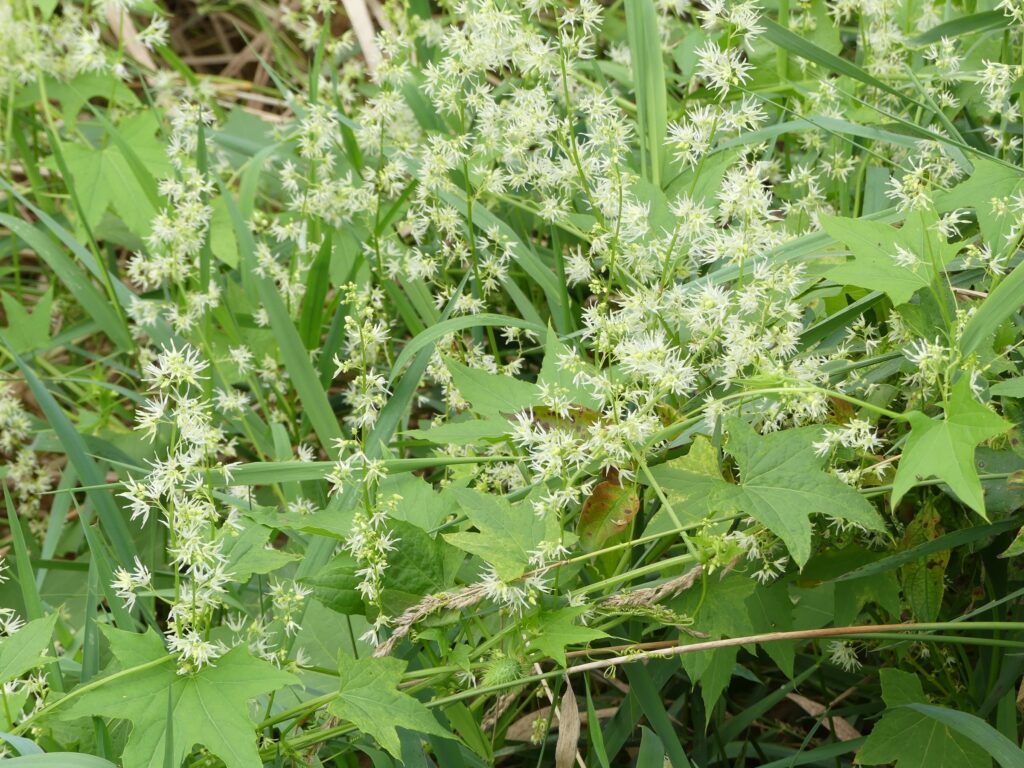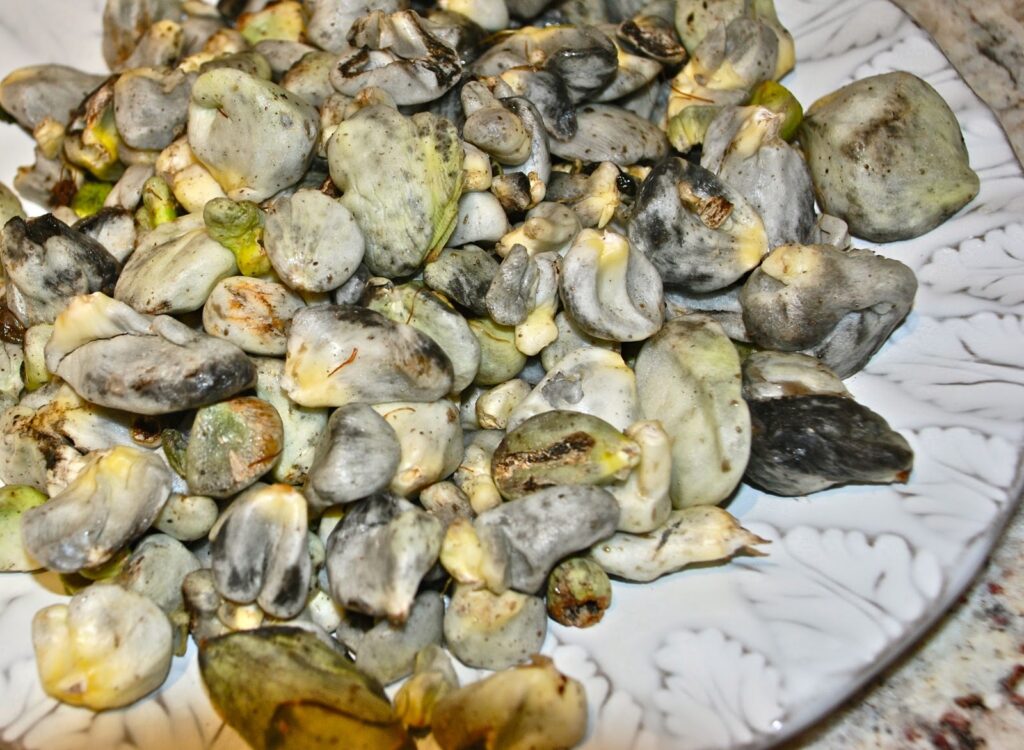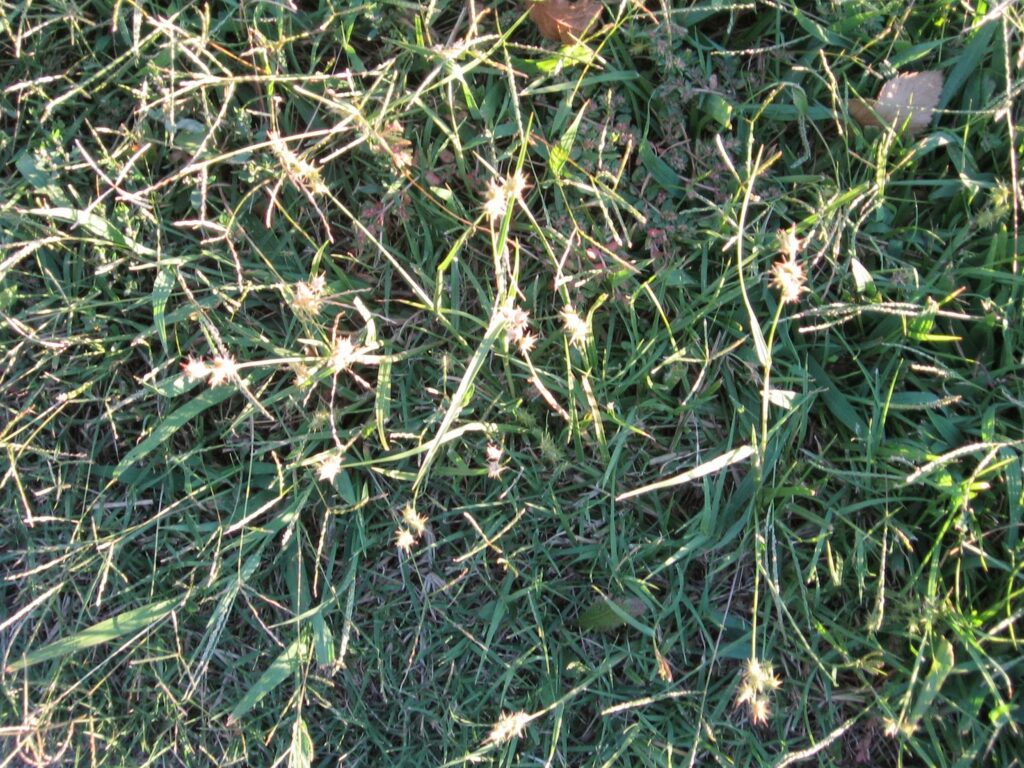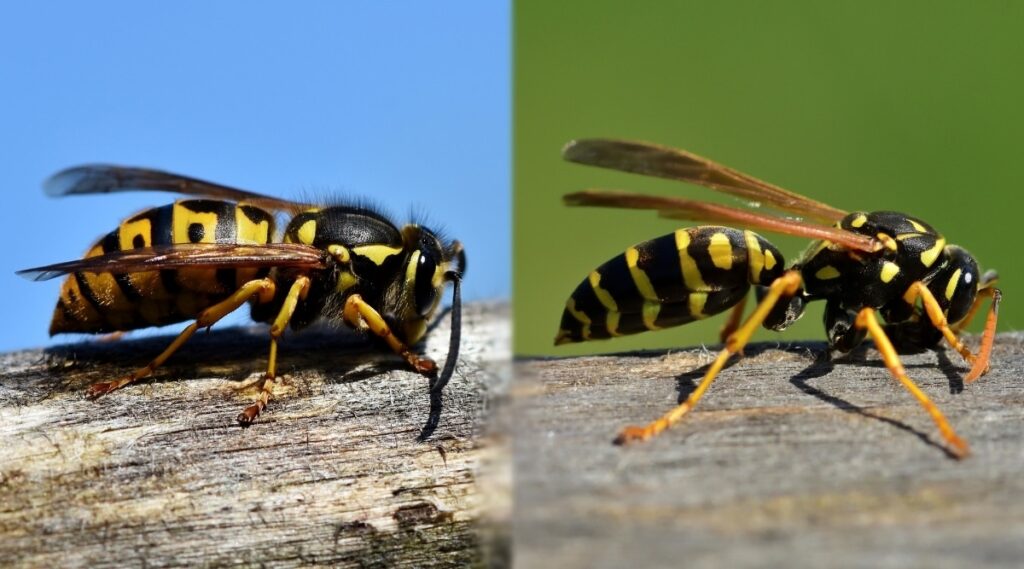
This week in the garden, a plant called the wild cucumber has been noticed mainly in pastures along creeks climbing on plum thickets. It is an attractive vine with large white flower panicles growing over 25 feet over everything. You can buy the seeds online, however, take care of these plants. They produce thousands of seeds. If you do grow this plant, keep it trimmed and remove the fruit after blooming. It is an annual grown from seed. Some people like the fruit, however, it is a bitter-tasting cucumber.

Speaking of eatable food, I was watching the Food Network and they were cooking with corn smut. I found out this fungus can be bought at some stores for over 10 times the value of the corn itself. Use as you would do for any mushroom white in the white stage. In the black stage use in gravies or sauces.

Grassy sandburs have been a huge problem in some lawns and gardens. At this time of year, there is not much you can do but remove the plant, so it does not set seed. In lawns, use a pre-emergent (the same as crabgrass) to prevent germination. With sandburs, you need to apply this later than with crabgrass, which would be around mid-June for two applications.

As this week’s insect as I mentioned last week is the wasp. The wasp we have in South Dakota is the European paper wasp that makes the paper nest under the eaves and in the corners of the house. The true yellow jackets are more aggressive and make their homes underground. Therefore, wasps are not aggressive as long as they do not perceive you as a threat to their nest. If you are allergic to stings or the numbers are high, call a professional to get rid of these wasps.
If you have some bare ground in the garden like where you remove the onions and have some early crop seeds left, try a fall crop. Seeds like lettuce, radish, turnip, and pea can grow well in the cooler fall temperatures and take a frost.
